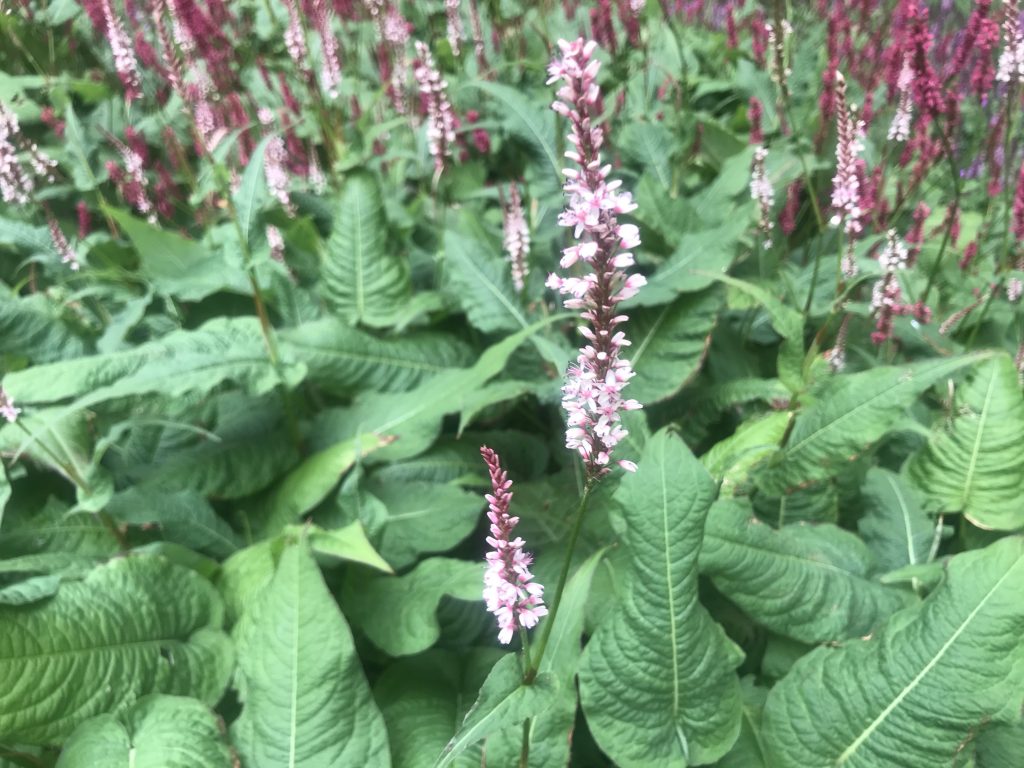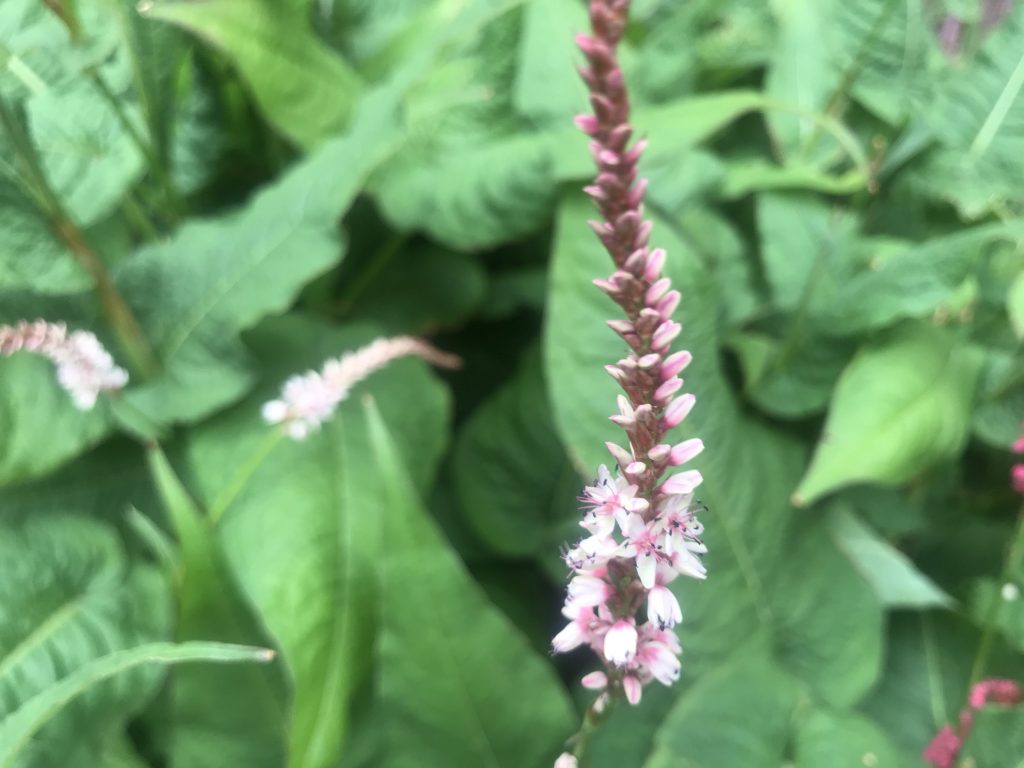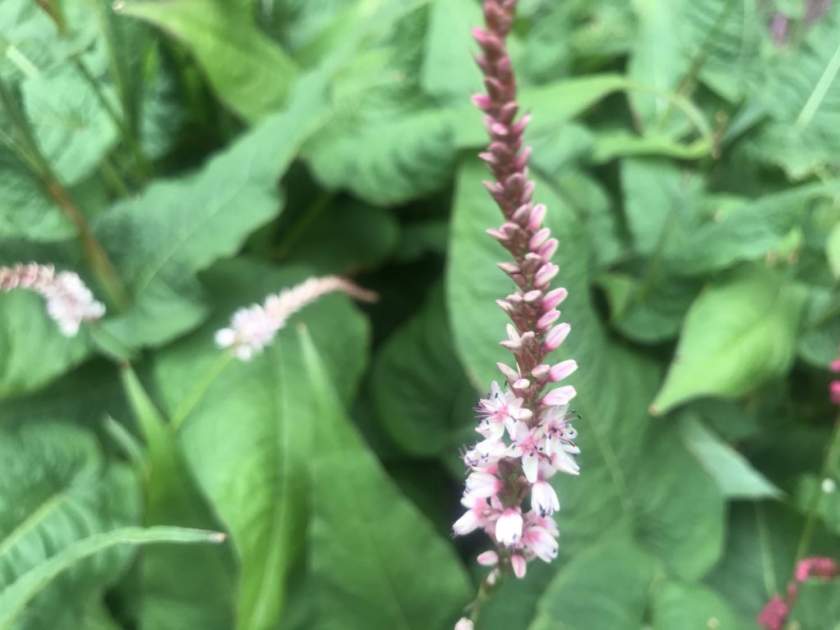Growing Persicaria amplexicaulis ‘Rosea’: Cultivation Tips and Considerations
Background and Common Names: Persicaria amplexicaulis ‘Rosea,’ also known as Bistorta amplexicaulis or Polygonum amplexicaule ‘Roseum,’ is a pink variety of Persicaria amplexicaulis. It belongs to the Polygonaceae family of plants and is commonly referred to as Mountain Fleece.
Description and Growth Habit: Persicaria amplexicaulis ‘Rosea’ is a deciduous, clump-forming plant that adds a touch of elegance to any garden landscape. It can be propagated through division, making it an accessible choice for gardeners. The plant thrives in both full sun and partial shade, offering versatility in placement within the garden.
Cultivation of Persicaria amplexicaulis ‘Rosea’:
Sunlight: Persicaria amplexicaulis ‘Rosea’ thrives in both full sun and partial shade. It can be grown successfully in various areas of the garden that receive different levels of sunlight.
Watering: Ensure that the plant receives regular watering to maintain soil moisture. While it can tolerate both poorly-drained and well-drained soil, it is essential to avoid waterlogging the plant.
Fertilizing: Persicaria amplexicaulis ‘Rosea’ generally does not require heavy fertilization. However, incorporating organic matter, such as compost, into the soil before planting can provide beneficial nutrients.
Pest and Disease Management: No significant diseases or pests have been reported for Persicaria amplexicaulis ‘Rosea.’ This variety is known to be resistant to rabbits and deer. However, regular monitoring is advised to promptly address any potential issues.
Propagating Persicaria amplexicaulis ‘Rosea’: This plant can be propagated through division, allowing for the creation of new plants from an established one. When dividing, ensure that each division has sufficient roots and replant them in well-prepared soil.
Blooming Season and Maintenance: Persicaria amplexicaulis ‘Rosea’ produces stunning spikes of light pink flowers during late spring, summer, and fall. It serves as an excellent addition to borders or wildlife gardens, attracting birds and butterflies to your outdoor space. After flowering, pruning back the plant can help maintain its shape and encourage further growth.
By following these cultivation tips, you can successfully grow Persicaria amplexicaulis ‘Rosea’ in your garden. Enjoy its attractive pink flowers, adaptability to different light conditions, and the added benefit of attracting wildlife to your outdoor space.






